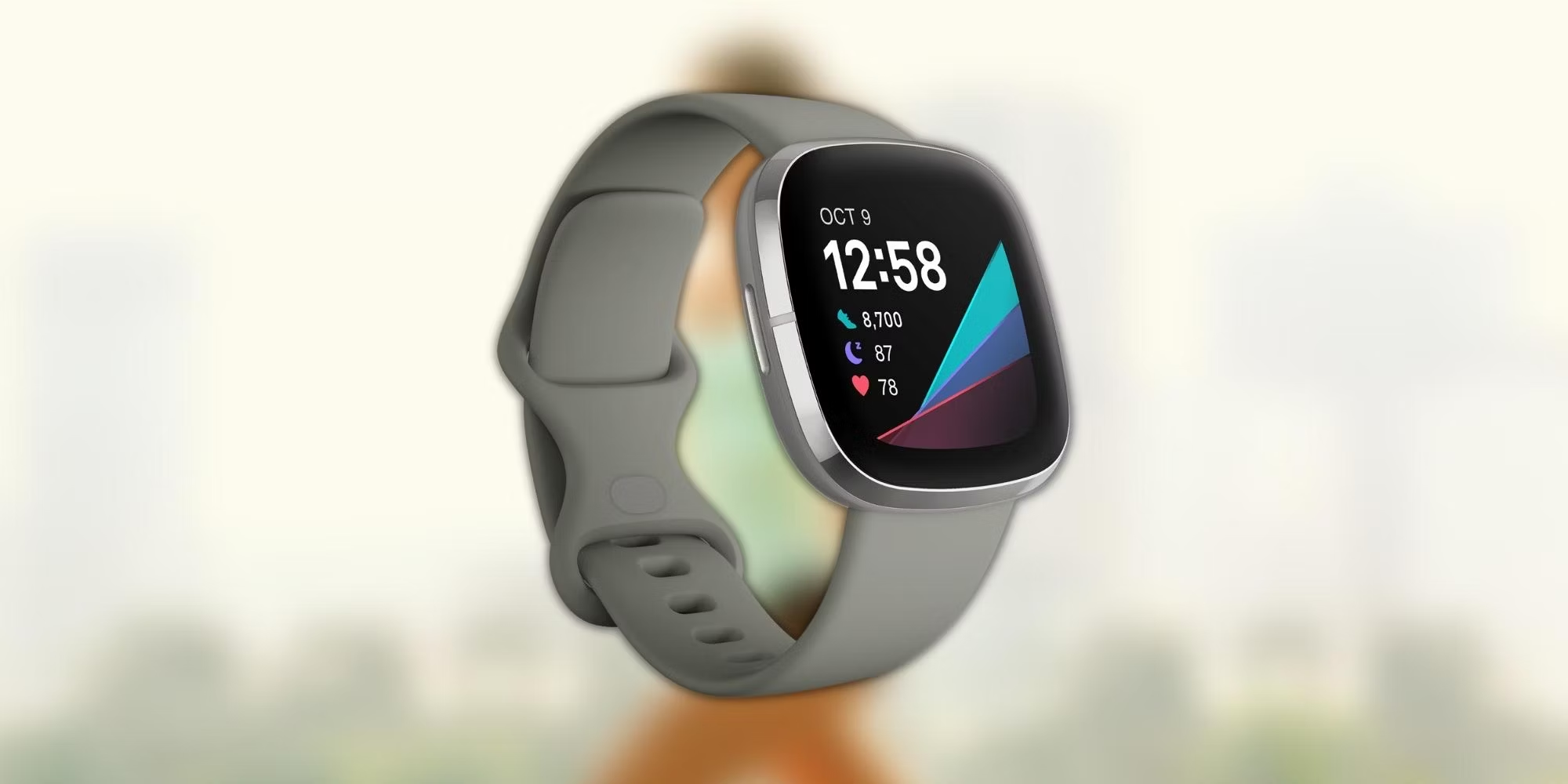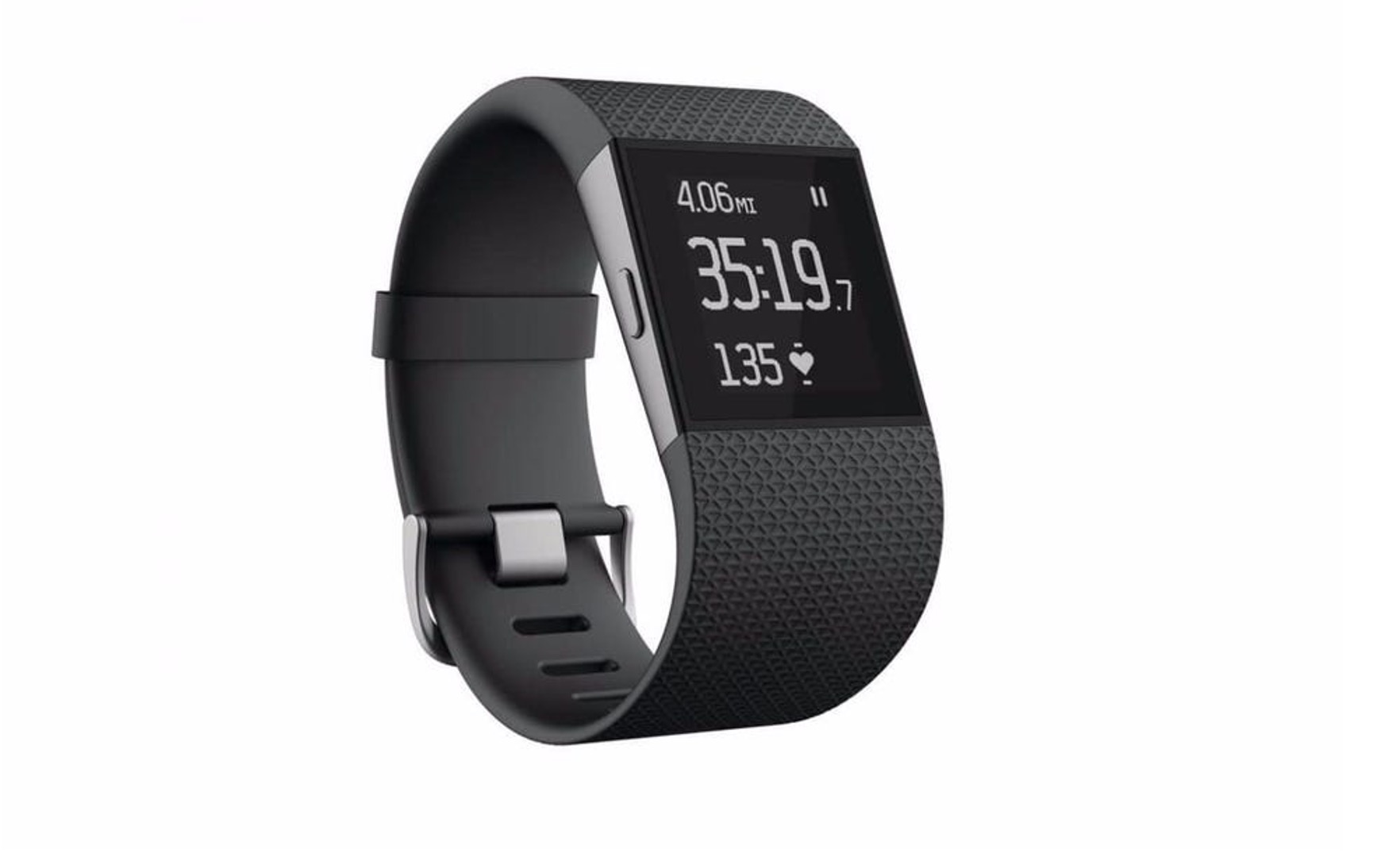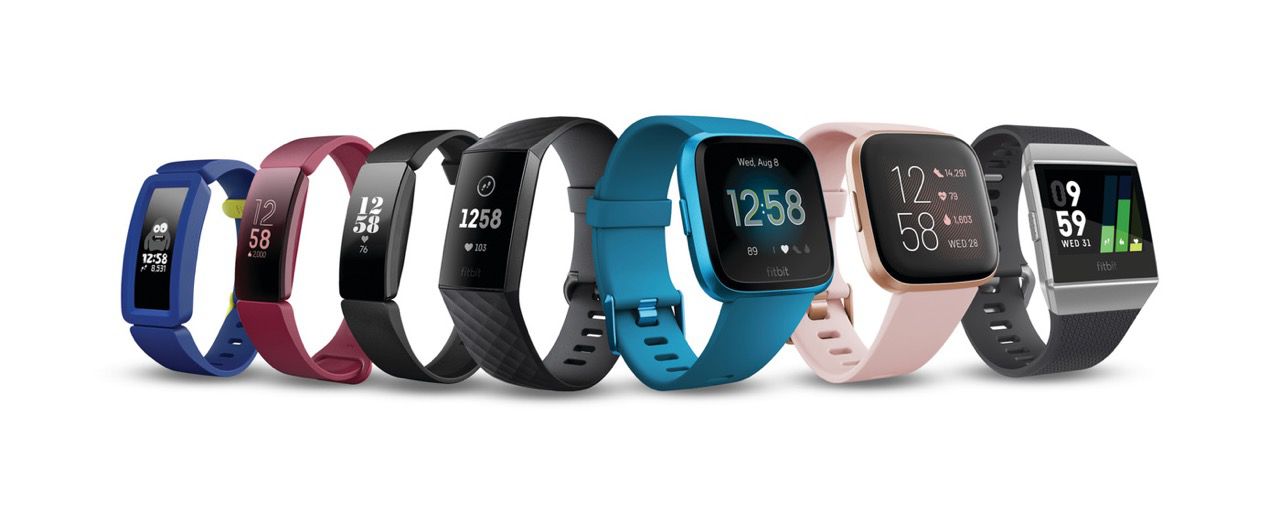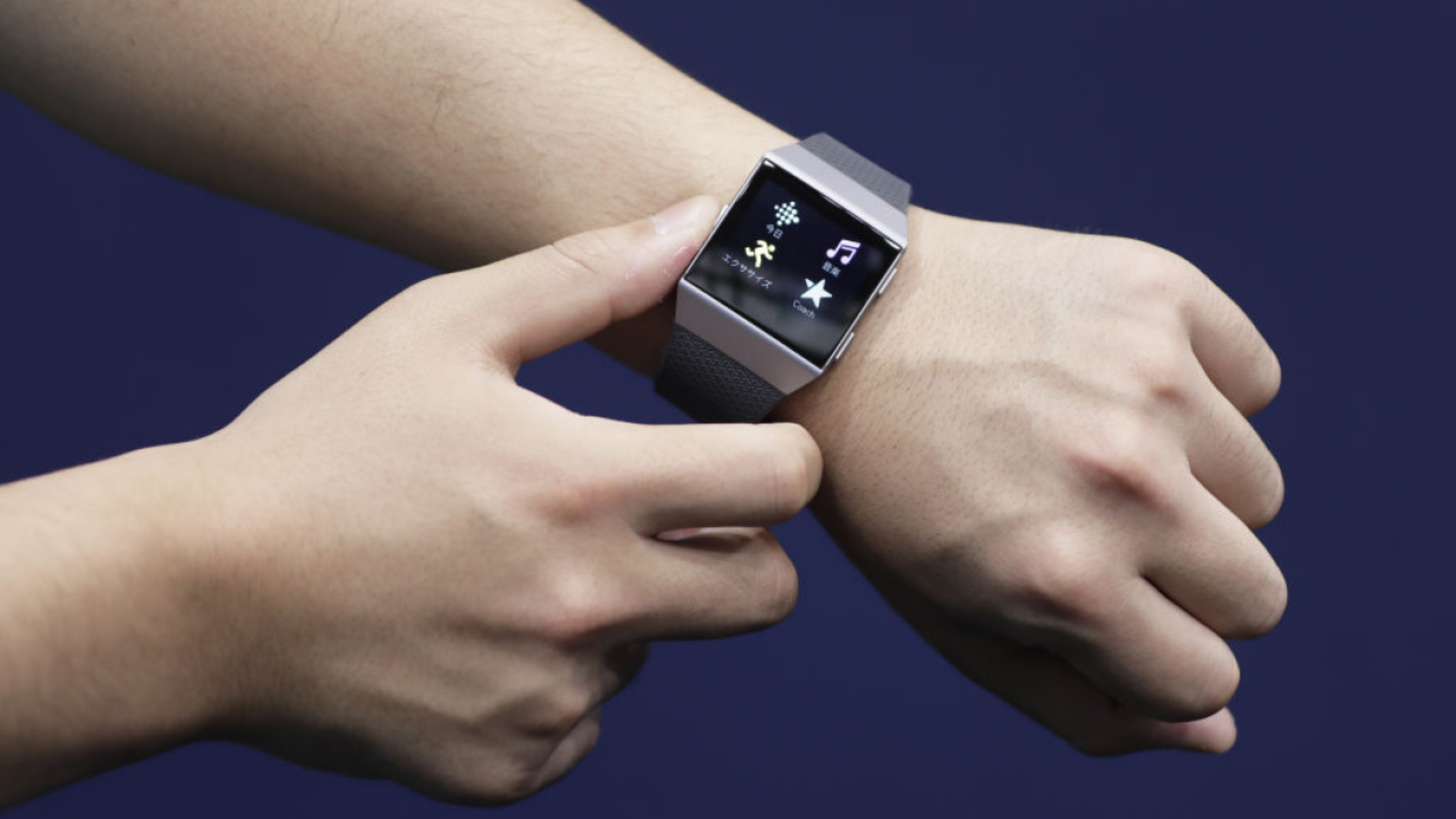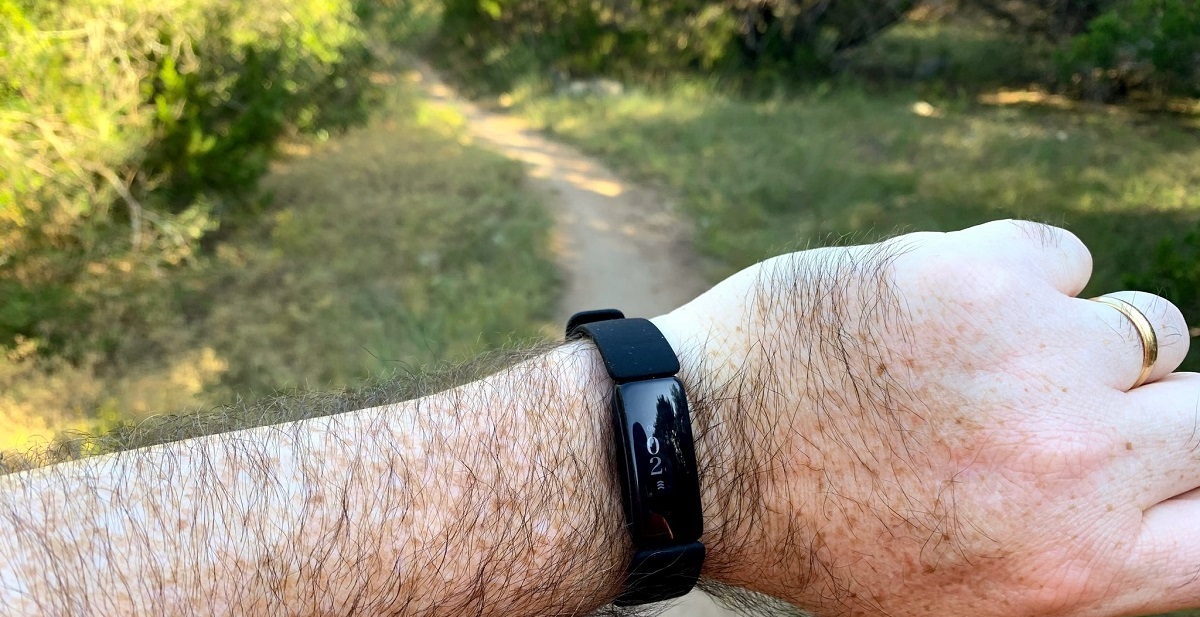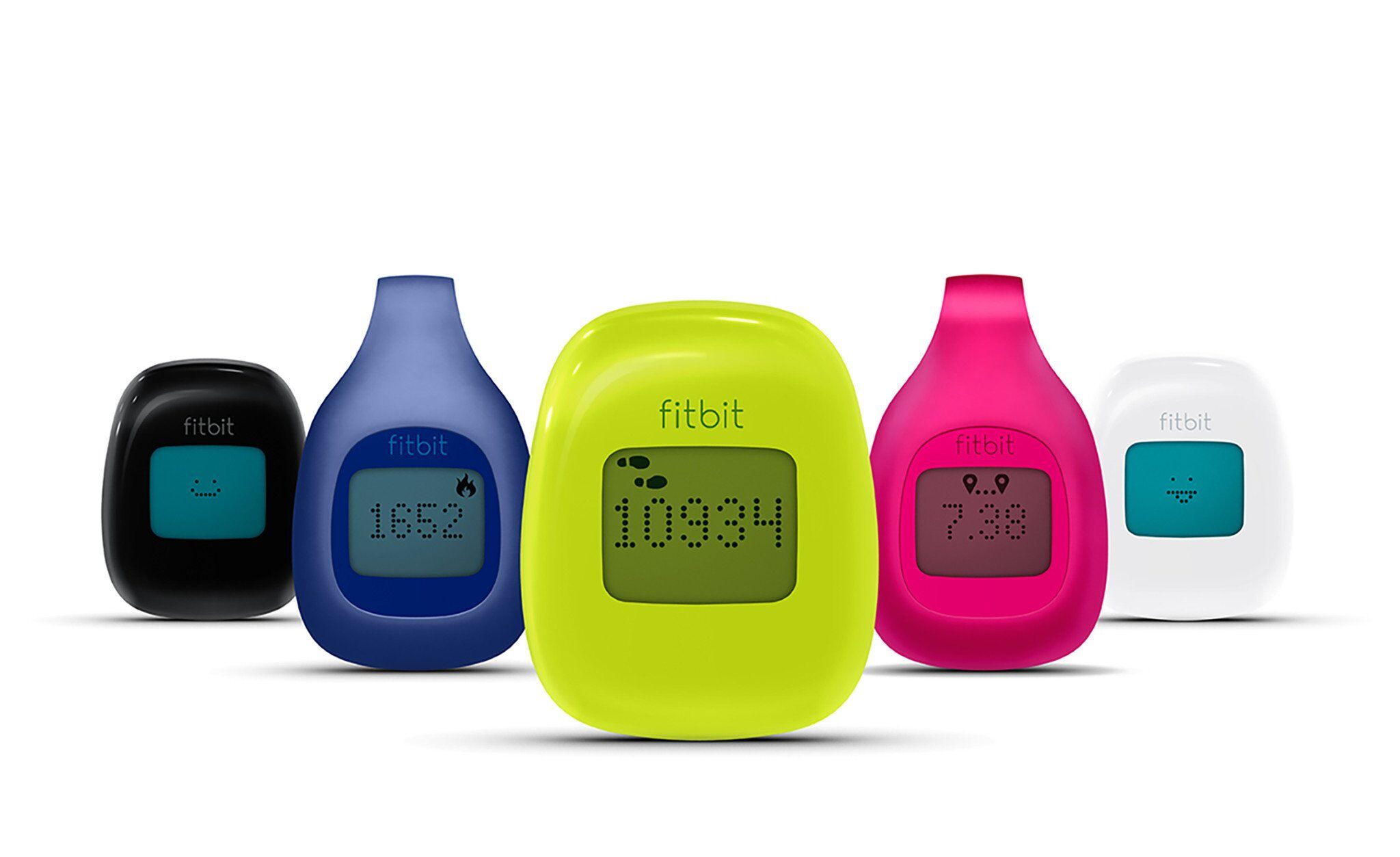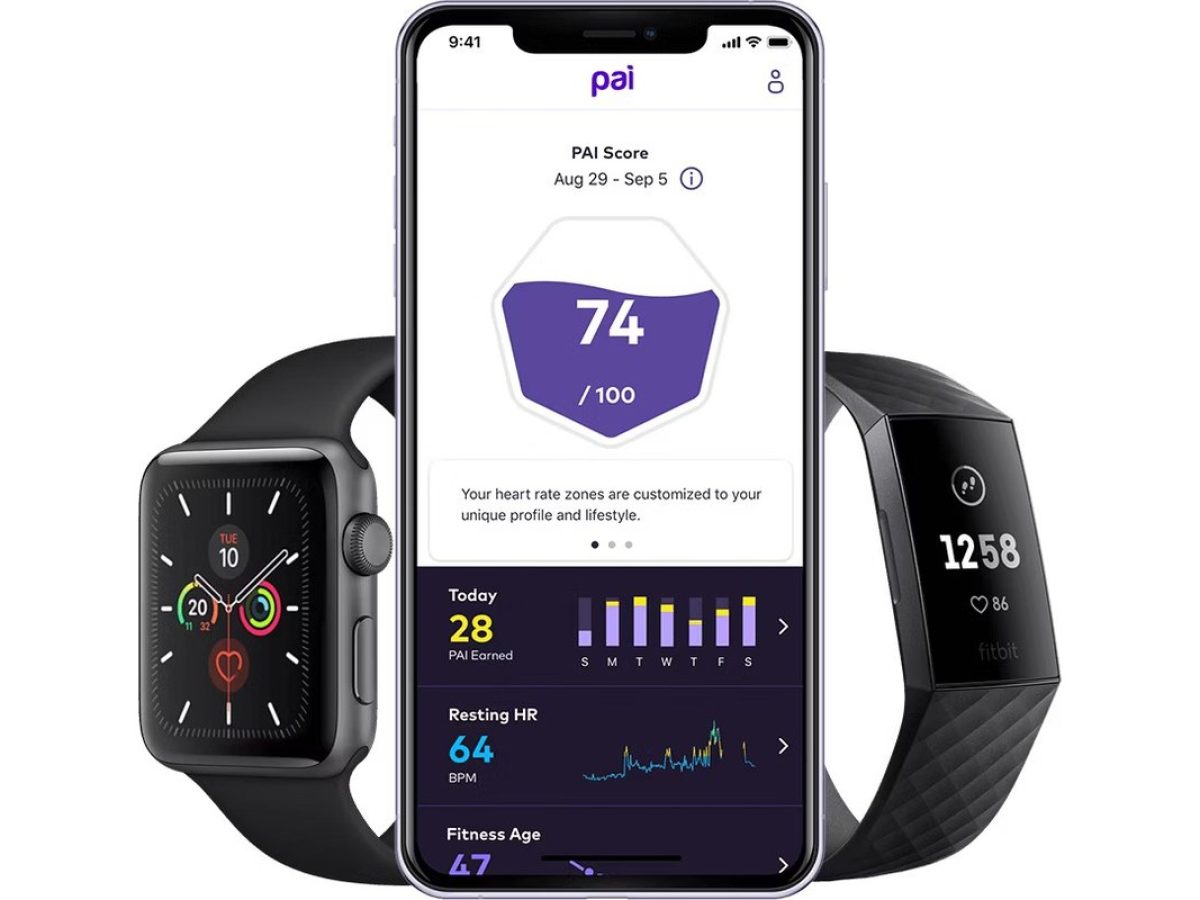Introduction
Understanding how wearable devices, such as Fitbit, calculate calories is crucial for anyone striving to maintain a healthy lifestyle. These devices have become indispensable tools for individuals looking to monitor their physical activity and overall fitness. By providing insights into the calories burned during daily activities, Fitbit and similar wearables offer valuable data that can guide users in making informed decisions about their diet, exercise routines, and overall well-being.
In this comprehensive guide, we will delve into the intricate process of calorie calculation employed by Fitbit. By shedding light on the underlying mechanisms and factors influencing these calculations, we aim to demystify the science behind calorie metrics and empower users to interpret and utilize this data effectively.
Stay tuned as we explore the fundamental components of calorie calculation, including the Basal Metabolic Rate (BMR), Physical Activity Level (PAL), and Total Daily Energy Expenditure (TDEE). We will also delve into Fitbit's proprietary algorithm for calorie calculation, highlighting the various factors it takes into account to provide users with accurate and personalized insights.
Embark on this enlightening journey to gain a deeper understanding of how Fitbit's calorie metrics can impact your fitness journey and help you make informed choices to achieve your health and wellness goals. Let's unravel the mysteries behind calorie calculation and discover the science that powers these innovative wearable devices.
Basal Metabolic Rate (BMR)
Basal Metabolic Rate (BMR) serves as the cornerstone of calorie calculation, forming the foundation upon which personalized energy expenditure metrics are built. At its core, BMR represents the minimum amount of energy required to sustain essential bodily functions while at rest. These functions include vital processes such as breathing, circulation, cell production, and maintenance of body temperature. BMR accounts for the energy expended by the body to maintain these fundamental physiological activities, independent of any physical movement or external factors.
The calculation of BMR takes into consideration several key factors, including an individual's age, gender, weight, and height. These variables play a pivotal role in determining the body's energy requirements at rest. For instance, muscle mass significantly influences BMR, as muscle tissue demands a higher amount of energy for maintenance compared to fat tissue. As a result, individuals with higher muscle mass tend to have a higher BMR, reflecting their increased metabolic demands even during periods of inactivity.
Understanding one's BMR holds significant implications for overall health and fitness management. By gaining insights into the baseline energy needs of the body, individuals can make informed decisions regarding calorie intake and expenditure. Whether aiming to maintain, gain, or lose weight, knowledge of BMR empowers individuals to tailor their dietary and exercise regimens to align with their specific energy requirements.
Moreover, BMR forms the basis for calculating Total Daily Energy Expenditure (TDEE), a crucial metric that encompasses both basal metabolic needs and energy expenditure related to physical activity. By comprehending the intricate interplay between BMR and TDEE, individuals can fine-tune their fitness strategies, optimizing their calorie consumption and activity levels to achieve their desired health and wellness outcomes.
In summary, Basal Metabolic Rate (BMR) represents the fundamental energy expenditure required for essential bodily functions at rest. By delving into the intricacies of BMR and its role in calorie calculation, individuals can gain valuable insights into their metabolic needs, laying the groundwork for informed lifestyle choices and effective fitness management.
Physical Activity Level (PAL)
Physical Activity Level (PAL) serves as a pivotal factor in the comprehensive assessment of an individual's energy expenditure. It encompasses the energy utilized during various physical activities, ranging from routine daily tasks to structured exercise regimens. Understanding PAL is essential for obtaining a holistic view of an individual's energy requirements and overall physical fitness.
PAL is characterized by a numerical value that reflects an individual's overall level of physical activity. This value takes into account the frequency, intensity, and duration of various activities performed throughout the day. By quantifying the energy expended during both structured workouts and incidental movements, PAL provides valuable insights into an individual's total energy expenditure beyond the baseline BMR.
The PAL value is influenced by diverse lifestyle factors, including occupation, leisure activities, exercise habits, and overall mobility. Sedentary lifestyles typically result in lower PAL values, indicating minimal physical activity and lower overall energy expenditure. Conversely, individuals with active lifestyles, involving regular exercise, physically demanding occupations, or participation in sports, tend to exhibit higher PAL values, reflecting increased energy expenditure due to sustained physical activity.
Furthermore, PAL values play a crucial role in the calculation of Total Daily Energy Expenditure (TDEE), which represents the total amount of energy expended by an individual in a day, encompassing both basal metabolic needs and energy expenditure related to physical activity. By integrating PAL into the TDEE calculation, wearable devices such as Fitbit offer users a comprehensive understanding of their daily energy expenditure, enabling them to make informed decisions regarding dietary intake and activity levels.
In essence, Physical Activity Level (PAL) serves as a dynamic indicator of an individual's overall physical activity and energy expenditure. By quantifying the diverse array of activities contributing to daily energy expenditure, PAL provides valuable insights that empower individuals to optimize their fitness routines, align their dietary choices with their energy needs, and achieve their health and wellness goals effectively. Understanding and leveraging PAL as part of the calorie calculation process enables users to harness the full potential of wearable devices in guiding their fitness journeys and promoting overall well-being.
Total Daily Energy Expenditure (TDEE)
Total Daily Energy Expenditure (TDEE) stands as a comprehensive metric that encapsulates the entirety of an individual's daily energy requirements, encompassing both basal metabolic needs and the energy expended during physical activities. This vital parameter serves as a cornerstone in the realm of calorie calculation, offering valuable insights into an individual's overall energy expenditure and guiding informed decisions regarding dietary intake, exercise regimens, and weight management.
The calculation of TDEE takes into account an individual's Basal Metabolic Rate (BMR) and Physical Activity Level (PAL), integrating these fundamental components to provide a holistic view of daily energy expenditure. By factoring in the energy expended during routine activities, exercise sessions, and other physical endeavors, TDEE offers a nuanced understanding of an individual's dynamic energy needs throughout the day.
TDEE holds significant implications for individuals seeking to achieve diverse health and fitness goals. Whether aiming to maintain current weight, embark on a weight loss journey, or pursue muscle gain through structured training, understanding TDEE is essential for tailoring dietary and exercise strategies to align with specific objectives. By gaining insights into the total energy expenditure, individuals can make informed decisions regarding calorie intake and expenditure, fostering a balanced approach to nutrition and physical activity.
Moreover, TDEE serves as a pivotal guide for individuals striving to optimize their fitness routines and overall well-being. By recognizing the intricate interplay between basal metabolic needs and physical activity-related energy expenditure, individuals can fine-tune their lifestyle choices to achieve a harmonious balance between energy intake and expenditure. This nuanced approach empowers individuals to make sustainable changes to their dietary habits and exercise regimens, fostering long-term health and wellness benefits.
Wearable devices such as Fitbit leverage the concept of TDEE to provide users with personalized insights into their daily energy expenditure. By integrating BMR and PAL into the TDEE calculation, these devices offer users a comprehensive view of their energy needs, fostering a deeper understanding of their metabolic dynamics and physical activity patterns. This, in turn, empowers individuals to make informed choices regarding their fitness journey, harnessing the power of data-driven insights to propel them toward their health and wellness goals.
In essence, Total Daily Energy Expenditure (TDEE) represents a pivotal metric that encapsulates an individual's overall energy requirements, integrating basal metabolic needs and physical activity-related energy expenditure. By comprehending the nuances of TDEE and its role in calorie calculation, individuals can harness this valuable insight to optimize their fitness strategies, align their dietary choices with their energy needs, and embark on a journey toward sustainable health and wellness.
Fitbit's Calorie Calculation Algorithm
Fitbit's calorie calculation algorithm represents a sophisticated and multifaceted approach to quantifying energy expenditure, integrating a diverse array of physiological and activity-related parameters to provide users with personalized insights into their daily calorie burn. At the core of this algorithm lies a fusion of cutting-edge technology and scientific principles, aimed at delivering accurate and actionable data to guide individuals in their fitness and wellness endeavors.
The algorithm leverages a combination of user-specific data, including age, gender, weight, height, heart rate, and activity levels, to tailor calorie calculations to each individual's unique physiological characteristics and lifestyle. By integrating these variables, Fitbit's algorithm accounts for the dynamic nature of energy expenditure, capturing the nuances of both basal metabolic needs and physical activity-related calorie burn.
Furthermore, Fitbit's calorie calculation algorithm harnesses the power of heart rate monitoring to offer real-time insights into calorie burn during various activities, ranging from brisk walks to intense workouts. By analyzing heart rate data in conjunction with activity profiles, the algorithm delivers granular details regarding energy expenditure, empowering users to gauge the intensity and impact of their physical endeavors on calorie burn.
Moreover, Fitbit's algorithm is designed to adapt and evolve in response to users' activity patterns and physiological changes, ensuring that calorie calculations remain relevant and accurate over time. This adaptive approach enables the algorithm to accommodate fluctuations in activity levels, fitness improvements, and other dynamic factors, providing users with a comprehensive view of their energy expenditure across diverse scenarios.
By amalgamating advanced data analytics with user-centric design, Fitbit's calorie calculation algorithm transcends traditional calorie tracking, offering a holistic perspective on energy expenditure that aligns with the dynamic nature of individuals' daily lives. This multifaceted approach enables users to gain profound insights into their calorie burn, fostering informed decision-making regarding dietary choices, exercise regimens, and overall health management.
In essence, Fitbit's calorie calculation algorithm represents a pinnacle of innovation in the realm of wearable fitness technology, harnessing the power of data-driven insights to empower users on their health and wellness journey. By unraveling the complexities of energy expenditure and calorie burn through this advanced algorithm, Fitbit sets a new standard for personalized fitness tracking, equipping users with the knowledge and tools to make meaningful strides toward their well-being goals.
Factors Affecting Fitbit's Calorie Calculation
The accuracy and precision of Fitbit's calorie calculation are influenced by a myriad of factors that collectively shape the intricacies of energy expenditure quantification. Understanding these influential factors is paramount for users seeking to interpret and leverage calorie metrics effectively within their fitness and wellness journey.
1. Physiological Parameters:
Fitbit's calorie calculation takes into account user-specific physiological attributes, including age, gender, weight, and height. These fundamental parameters form the cornerstone of personalized calorie estimation, as they directly influence an individual's basal metabolic rate and overall energy requirements. By integrating these physiological variables, Fitbit tailors its calorie calculations to align with the unique metabolic dynamics of each user, fostering accurate and personalized insights into energy expenditure.
2. Activity Profiles:
The diverse array of activities tracked by Fitbit, ranging from walking and running to specific workouts, plays a pivotal role in calorie calculation. The intensity, duration, and frequency of these activities contribute to the overall energy expenditure, shaping the calorie burn data provided by the device. Fitbit's algorithm dynamically adjusts calorie calculations based on the nuances of different activities, offering users a comprehensive view of their energy expenditure across varied physical endeavors.
3. Heart Rate Monitoring:
Fitbit's integration of heart rate monitoring into its calorie calculation algorithm represents a groundbreaking advancement in fitness tracking. By analyzing real-time heart rate data during activities, Fitbit captures the dynamic nature of energy expenditure, providing users with granular insights into calorie burn. This real-time feedback allows individuals to gauge the impact of their workouts on calorie expenditure, enabling them to optimize their exercise intensity and duration for enhanced fitness outcomes.
4. Adaptive Algorithm:
Fitbit's calorie calculation algorithm exhibits adaptability and responsiveness to users' evolving activity patterns and physiological changes. This adaptive approach ensures that calorie calculations remain relevant and accurate over time, accommodating fluctuations in activity levels and fitness improvements. By continuously refining its calorie estimation based on user feedback and data, Fitbit's algorithm delivers personalized and actionable insights, empowering users to make informed decisions regarding their fitness and dietary choices.
5. User Input and Feedback:
Fitbit encourages users to provide input regarding their perceived exertion during activities, enabling the algorithm to factor in subjective feedback alongside physiological and activity-related data. This user-centric approach enhances the accuracy of calorie calculations, fostering a collaborative dynamic wherein individual experiences and perceptions contribute to the refinement of energy expenditure metrics.
In essence, the amalgamation of physiological parameters, activity profiles, heart rate monitoring, an adaptive algorithm, and user input collectively shape the intricate landscape of Fitbit's calorie calculation. By comprehending the multifaceted factors influencing calorie estimation, users can harness the full potential of this advanced technology, leveraging personalized insights to optimize their fitness routines and make informed decisions regarding their health and wellness journey.
Accuracy and Limitations of Fitbit's Calorie Metrics
The accuracy of Fitbit's calorie metrics is a critical consideration for individuals relying on wearable devices to guide their fitness and wellness journey. While Fitbit's advanced algorithms and multi-faceted approach to calorie calculation offer valuable insights, it's essential to acknowledge the inherent limitations and factors influencing the accuracy of these metrics.
Accuracy:
Fitbit's calorie metrics demonstrate commendable accuracy in capturing the overall energy expenditure of users, leveraging a combination of physiological data, activity tracking, and heart rate monitoring to provide personalized insights. The integration of user-specific attributes, such as age, gender, weight, and height, enables the algorithm to tailor calorie calculations to individual metabolic dynamics, fostering accurate estimations of basal metabolic needs and activity-related energy expenditure. Furthermore, real-time heart rate monitoring during activities offers granular insights into calorie burn, allowing users to gauge the intensity and impact of their workouts on energy expenditure. This comprehensive approach contributes to the overall accuracy of Fitbit's calorie metrics, empowering users to make informed decisions regarding their dietary intake and exercise regimens.
Limitations:
Despite the advancements in wearable fitness technology, Fitbit's calorie metrics are subject to certain limitations that warrant consideration. Variability in individual physiology and metabolic responses may result in deviations between estimated and actual energy expenditure. Additionally, factors such as environmental conditions, device positioning, and user compliance with wearing the device consistently can influence the accuracy of calorie calculations. While Fitbit's algorithm strives to adapt to users' evolving activity patterns and physiological changes, inherent complexities in quantifying energy expenditure pose inherent limitations to the precision of calorie metrics.
In light of these considerations, it's crucial for users to interpret Fitbit's calorie metrics as estimations rather than absolute values. By acknowledging the potential variability and limitations, individuals can utilize the insights provided by wearable devices as guiding parameters for their fitness and wellness strategies, while remaining mindful of the dynamic nature of energy expenditure.
In summary, Fitbit's calorie metrics offer valuable insights into energy expenditure, leveraging advanced algorithms and user-specific data to provide personalized estimations. While the accuracy of these metrics is commendable, users should approach the data with an awareness of the inherent limitations and factors influencing its precision. By embracing a balanced perspective and utilizing calorie metrics as guiding parameters, individuals can harness the power of wearable technology to optimize their fitness routines and make informed decisions regarding their health and wellness journey.







